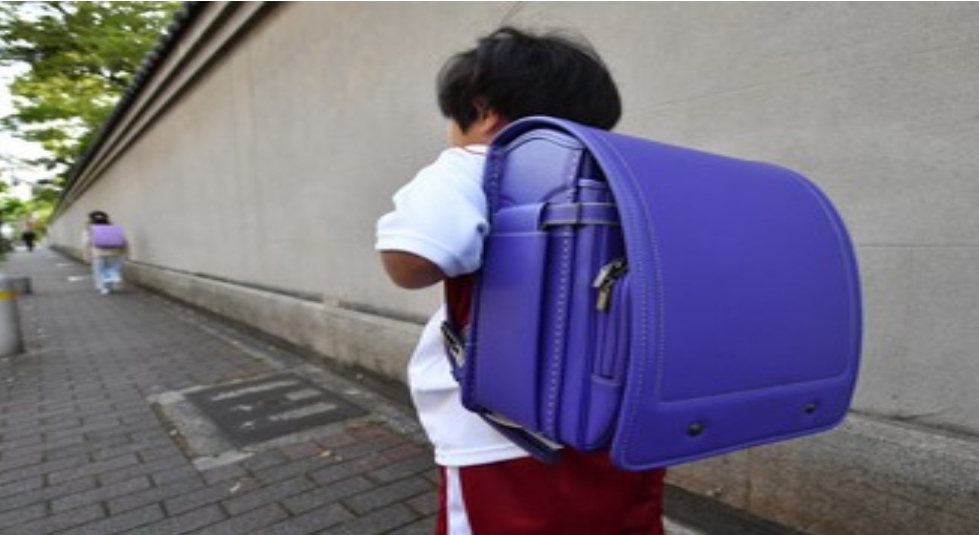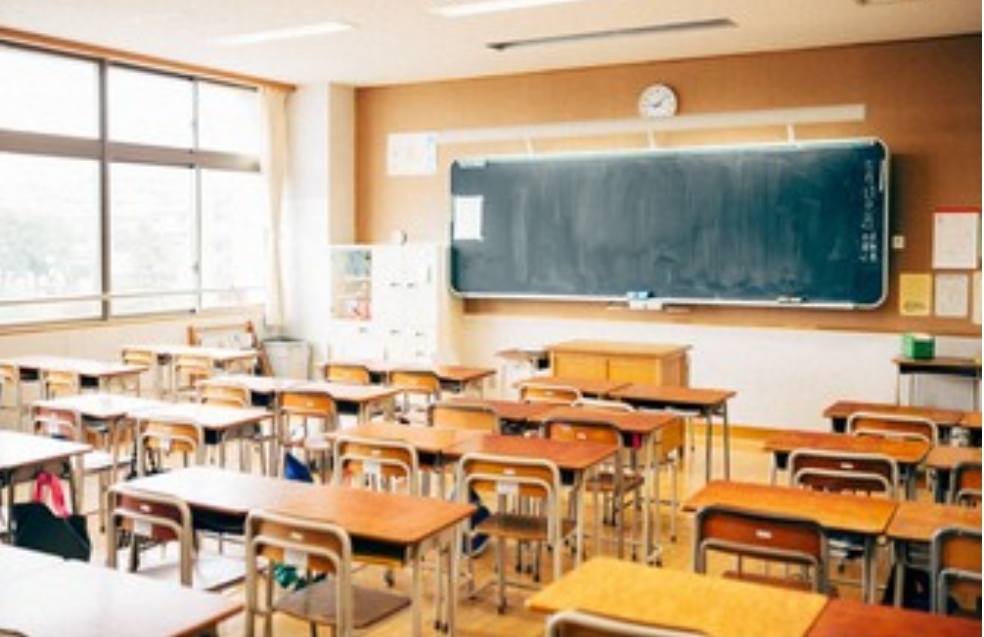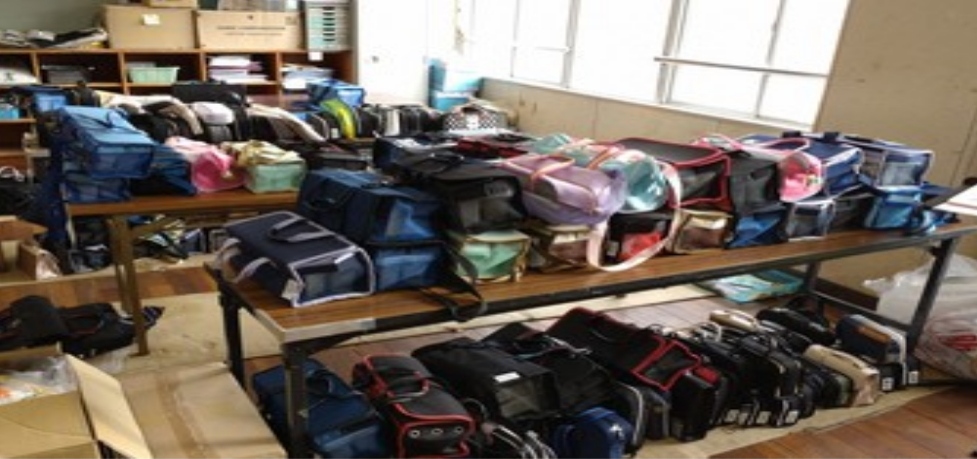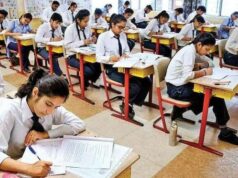School backpacks getting heavier in Japan, some weigh over 10 kg : survey

A first grader heads to school with a “randoseru” backpack which covers their entire back, in Kobe’s Chuo Ward on April 18, 2023.
With the start of the new school year in Japan, the problem of “heavy school backpacks” is once again weighing on children’s shoulders. According to a survey by a Tokyo company, the average weight of a school bag containing textbooks and other items is over 4 kilograms, with some reporting over 10 kg.
Nearly 30% of the children surveyed felt pain in their bodies, and some local governments have called for measures to reduce the loads to replace the conventional “okiben” practice of leaving textbooks at school as many of them end up taking their textbooks home.
For a new first grader, 6, in Kobe, his back is hidden by his new “randoseru” school backpack. His mother, 47, comments with a wry smile, “It’s as if a backpack is walking around.”
According to a survey conducted in 2022 by Footmark Corp., a manufacturer of school swimwear, of children in the first through third grades of elementary school and their guardians nationwide, the average weight of a school backpack with items in it increased from 3.97 kg in 2021 to 4.28 kg in 2022. Some families responded that it weighed more than 10 kg.

The number of children who “always” or “often” feel their backpacks were heavy increased from 50% in 2021 to 60% in 2022. Those carrying other bags or luggage also reached 60%, and 27% felt pain in their shoulders, hips, back or other body parts.
According to Takeshi Shirado, a professor at Taisho University who supervised the survey, the desirable weight of a school backpack for lower grades is “within 2 to 3 kg,” but the actual situation far exceeds this.
Shirado cites the digitalization of education and the impact of the coronavirus pandemic as factors contributing to the growing burden. First, the breakaway from the so-called relaxed education system and emphasis on ease of understanding has led to an increase in the number of pages and larger size of textbooks. In addition, the introduction of digital devices for learning has been in full swing as programming education has become compulsory in elementary schools under the new curriculum guidelines that began in the 2022 academic year.
This was spurred further by the spread of coronavirus infections that began around the same time. The need to respond to online learning accelerated the deployment of one digital device per child. Many students were also bringing their water bottles, and the number of items they carried to and from school increased dramatically.
A fifth grader, 10, living in Tokyo has been using a digital device weighing about 1 kg since she was in the third grade, but because it does not fit in her school backpack, she also brings a smaller bag with her. On days when she goes to cram school, she even carries one more bag. According to her mother, the girl, who weighs 40 kg, has a total of 6 to 9 kg of luggage. On days when she has cram school, it apparently exceeds 10 kg.

In response to such a situation, the Ministry of Education, Culture, Sports, Science and Technology issued a notice in 2018 urging schools to be more flexible by allowing students to leave school supplies unused during home study at school, but this has not been effective enough.
The mother of the fifth grader mentioned earlier complains, “She ends up having to take most of the main subject materials home because of homework and test preparations.”
Since February, the Kobe Municipal Board of Education has been advocating a new catchphrase, “karu-sta,” as an alternative to okiben. The phrase is a combination of the Japanese word for “light” and “study.” This initiative focuses not on “what to leave at school,” but on “what to bring home as a minimum necessity,” in an effort to reduce the load of belongings and to make home study a more positive approach. For example, on days when students take home a laptop, they focus on home study using the computer and leave textbooks and notebooks at school.
However, many schools do not have sufficient storage space. The municipal Kobe Elementary School, where homeroom teachers keep some textbooks and other materials for their students, continues to search for a way such as using shelves set up in empty classrooms and hallways.
Digital textbooks will be introduced for fifth and sixth grade English from the 2024 academic year, and for the time being, paper textbooks and digital devices will continue to be used together.
Shirado suggests, “If no measures are taken, students’ luggage is likely to become heavier and heavier. It is necessary for guardians and teachers to pay attention to their belongings and make it a habit to leave unneeded school supplies at home or at school.”



